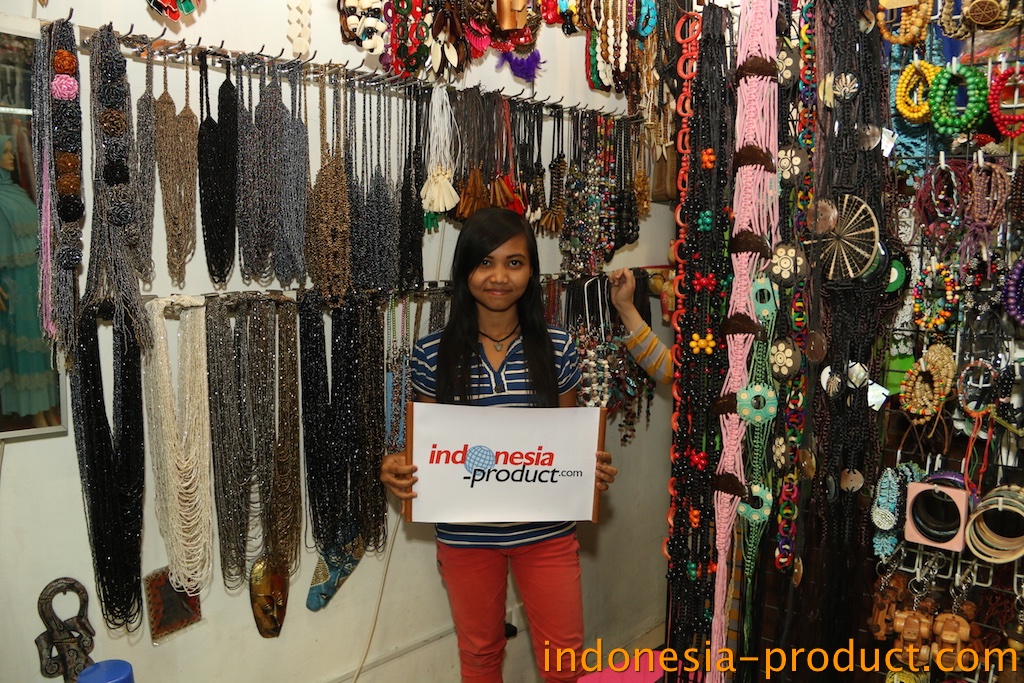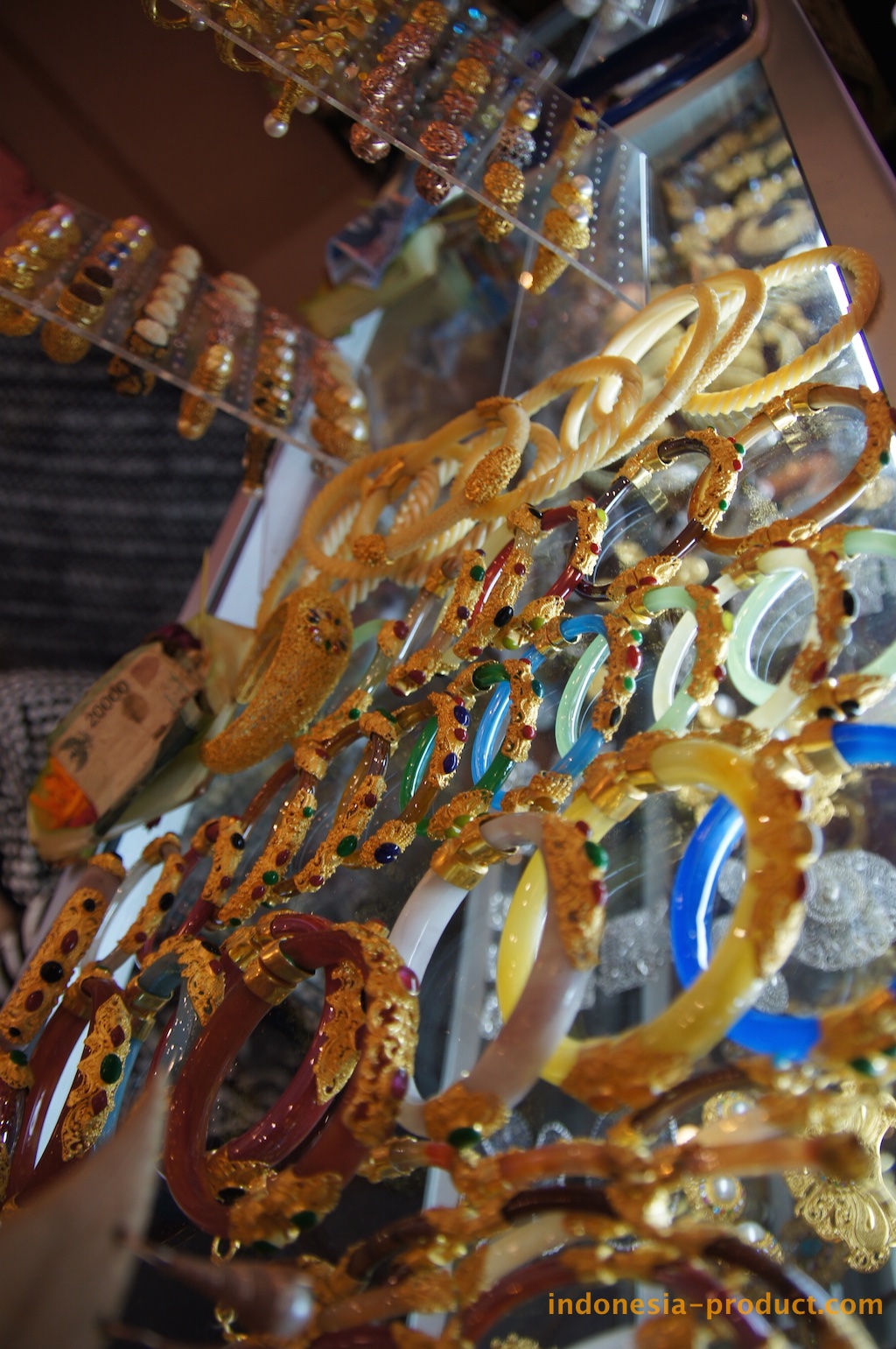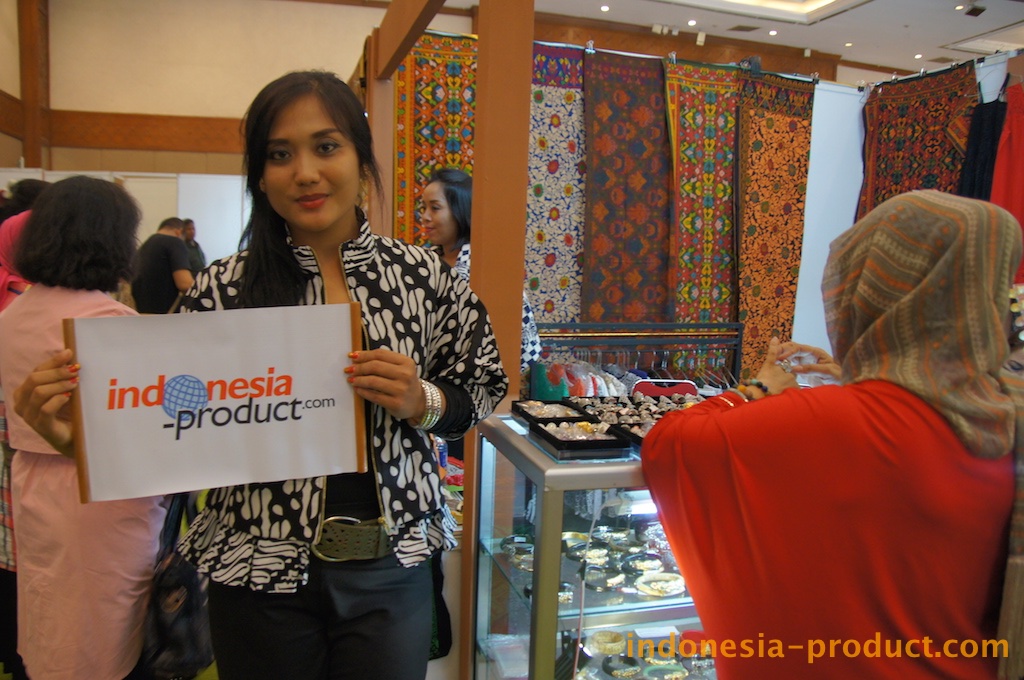Feds focus on lead in kids’ jewelry
USA Today
By Jayne O’Donnell, USA TODAY
Her daughter was 5 in 2004 when Erin McGuire bought her a necklace with ballet charms that were marked “silver.”
When Chelsea wore it, she’d suck on the charms. “We would always tell her to take it out of her mouth,” says McGuire of San Jose, Calif.
A couple months later, Chelsea’s school suggested she be tested for lead poisoning. The results showed a lead level of 27, nearly three times higher than the government’s minimum risk level of 10. Soon after, the charms, which contained lead, were recalled.
A year ago, Jarnell Brown of Minneapolis died after swallowing a lead-filled charm, and at least seven other children have been poisoned by lead in children’s jewelry in the past 10 years.
The use of lead paint in toys from China has become an issue after three Mattel (MAT) recalls, including one this week. Now, the federal government is proposing, for the first time, to regulate lead in children’s jewelry.
A lack of regulation, spotty testing by manufacturers, an understaffed government agency and few inspections at the U.S. border mean hundreds of thousands of the tiny trinkets parents buy for their children may still have dangerously high levels of lead, some current and former Consumer Product Safety Commission officials say.
The new CPSC proposal, expected by year’s end, would limit the amount of lead that can seep out of jewelry to 0.06% of total content, or no more than 600 parts per million. Those limits were adopted in California this summer and are the same as what’s allowed in house paint and toys.
But critics say the standard is based on outdated research and falls short of what is needed to guarantee children aren’t at risk of the learning and behavior issues linked to lead. “All of the (lead) standards need to be completely revisited,” says Bruce Lanphear, a physician and director of the Environmental Health Center at Cincinnati’s Children’s Hospital.
‘Catch as catch can’
Despite the fact that lead in children’s jewelry was becoming a concern in the late 1990s, it wasn’t until the poisoning of Colton Burkhart of Portland, Ore., in 2003 that CPSC was shocked into action. The 4-year-old’s blood lead level reached 123, more than 12 times the minimum risk level, after he swallowed the medallion from a vending machine necklace. Today, Colton’s lead level is still higher than 10.
CPSC went from referring to the risk from ingesting lead as “exposure” to calling it “poisoning,” and the staff changed its stance that lead in jewelry was OK if it wasn’t “accessible” to children (for example, if the lead was coated sufficiently). Now, it is not only proposing regulations for lead in jewelry for children under 6 but is considering including older kids’ jewelry, as well.
Lead was banned for use in house paint and children’s toys in the USA in 1978. But the federal agency charged with ensuring consumer product safety didn’t issue its first guidelines on children’s jewelry until 1998, updating them in 2005. The guidelines are not legally binding. However, CPSC uses them as the basis for negotiating recalls when it finds jewelry with high levels of lead.
The proposed regulations on children’s jewelry won’t require companies to test for lead content, although many manufacturers and retailers already do. Testing would continue to be voluntary.
That means jewelry will be treated like most toys under federal law: Companies are not required to test or certify that the products meet safety standards. But they are subject to civil or criminal penalties if they get caught selling products that violate standards. There’s no Underwriters Laboratories seal of approval on toys or jewelry showing they are safe, as there would be for, say, a toaster.
Acting CPSC Chairman Nancy Nord asked Congress in July to require companies to certify that their products meet safety standards. “To my mind, that’s testing,” which, she says, the “reputable firms do.”
Even if a company voluntarily tests its products for lead, the tests may not be above board, says Gene Rider, a vice president at testing laboratory Intertek of Oak Brook, Ill. It works extensively with manufacturers in China.
Foreign suppliers sometimes provide “golden samples (with) test results that always come back good,” says Rider. The key is knowing “what does the test represent?”
“You shouldn’t have to worry whether kids are going to get lead in their toys or jewelry,” says Andrew Krulwich, a former CPSC general counsel who is now a regulatory lawyer. “They’ve got to come up with some requirements.”
The issue has caught Washington’s attention. A bill sponsored by Sen. Bill Nelson, D-Fla., would require independent testing and certification of children’s products. The CPSC will hold a U.S.-China summit on product safety next week and a congressional hearing on lead-tainted children’s products, including jewelry, is scheduled for Sept. 19.
CPSC spokesman Scott Wolfson says the agency has stepped up random inspections of children’s jewelry and is working more closely with state officials to target tainted jewelry. But the agency has only 82 inspectors nationwide who handle all consumer products. That’s down from about 300 in 1981 and 99 in 2004. There are three openings in the compliance office, where potential recalls are investigated, yet the agency hired two economists this summer.
“CPSC should be focused on enforcement, on inspections and on what is being done right now for preventing dangerous products from getting on store shelves in the future,” says Pamela Gilbert, who was CPSC executive director in the Clinton administration.
Nord says the agency is “not a toothless tiger,” but acknowledges, “We can always do more with more.”
Until Colton Burkhart’s poisoning, children’s jewelry had just been a lower priority for the CSPC than other products, such as all-terrain vehicles, which are much more likely to cause children’s deaths.
“It’s not that CPSC is trying to do bad, but they just have a lot of problems getting a focus,” says former CPSC executive director Michael Brown, who now represents manufacturers as a product liability lawyer. “When you have very few people, you end up with catch-as-catch-can enforcement.”
‘Little-known agents’
Forty-two recalls of more than 100 million pieces of lead-tainted jewelry have occurred in the past four years, including a recall in May of 103,000 High School Musical and other themed necklaces.
Some of the recalled jewelry has been sold and resold by networks of little-known agents, distributors and other middlemen before landing at U.S. retailers, which CPSC acknowledges can make the products difficult to track.
The recall of High School Musical jewelry came after random testing by Tween Brands, the company that owns Limited Too and Justice stores where the jewelry was sold. Its Chinese suppliers were “relatively small operators,” says spokesman Robert Atkinson. “They were names I didn’t recognize. (They were) not part of some big conglomerate.”
The company pulled the jewelry even though the lead levels were so low that they could have come from the air in the Chinese factory where it was made, Atkinson says. “The tolerances here in some cases were almost immeasurable.”
Michael Klein, president of U.S. Toy Co. of Grandview, Mo., who had two recalls in the past year because of lead content in jewelry his company sells, says small companies are overwhelmed by safety regulations, and “It’s almost impossible to keep up with.”
The issue of lead in children’s jewelry should be focused on whether the lead is accessible to children, says Michael Gale, executive director of the Fashion Jewelry Trade Association, which represents about 225 U.S. jewelry suppliers and retailers. If the lead is plated several times with other metals, it would not be able to seep out, the industry told CPSC in a meeting last month. “We’re very concerned about the safety of children and also the ability of our industry to do business,” says Gale.
The attraction of lead
Lead tastes sweet.
That may make jewelry and other items that have lead in them even more tempting for young children to suck on, medical experts say. About 20,000 children under 18 were treated in emergency rooms for swallowing jewelry from 2000 to 2005, according to CPSC. About 80% of them were 6 or younger.
Nearly 300,000 U.S. children under 6 years old have lead levels above 10, the level the government says puts kids at risk. Research now shows that levels as low as 4 can affect a child’s IQ, and the risk doesn’t go away when the level drops. So, Lanphear says, millions more children may be at risk of learning and behavioral issues.
“Some of the effects appear to be subtle,” says Amy Roberts, manager of the Childhood Lead Poisoning Prevention Program in Kansas City, Mo. “You may have a child that appears to be growing and doing what they are supposed to be doing developmentally, and you don’t see problems until they become 15 or 16, and they have to make much more complicated decisions.”
Lead can linger in the human body for years, says Richard Leiker, an Oregon health official who worked on Colton Burkhart’s case. “It can be stored in the bones. It may take 20 to 30 years for all of that to come out.”
That’s what scares Erin McGuire. When her daughter’s lead level went back down, she decided there was no harm done. But now, McGuire says, she’s concerned that the lead may have had a longer-term impact as her daughter has started having problems in school despite being part of the gifted and talented program.
“She’s above her grade level in reading but is just blank in math,” says McGuire. “The discrepancy is so large that we’re in the middle of trying to find out if she has any (lead-related) learning problems.”
Contributing: Mindy Fetterman





